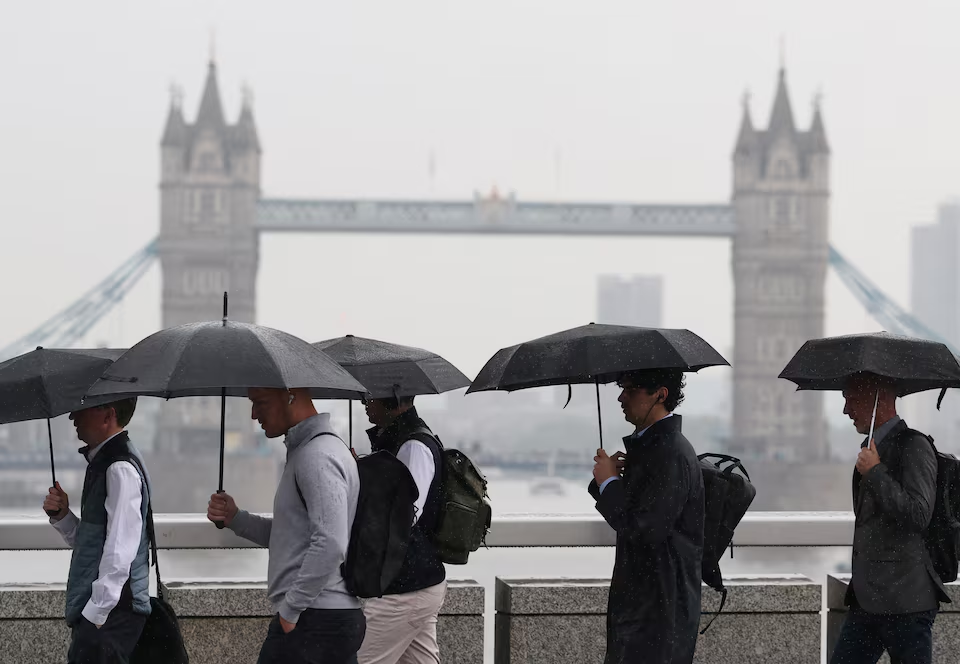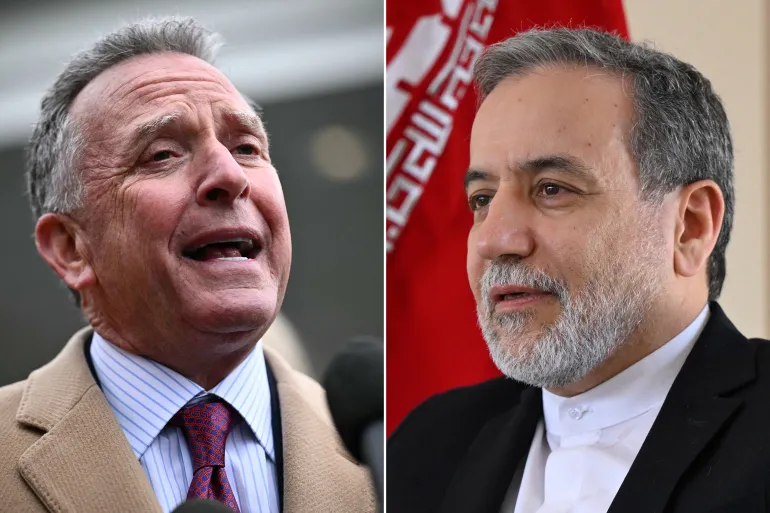The United Kingdom’s consumer price inflation unexpectedly rose to 3.5% in April 2025, up from 3.2% in March, according to new data released on Wednesday, May 21 by the Office for National Statistics (ONS). The sharp increase was driven by higher energy prices and a spike in airfares, dealing a blow to earlier hopes that inflation was on a steady downward trajectory.
The reading was well above the Bank of England’s (BoE) 2% target, and exceeded analysts’ forecast of 3.1%. It is now fueling speculation that the BoE may delay any interest rate cuts it had planned for later this year, as policymakers face renewed pressure to keep inflation in check.
“This is a setback in the disinflationary trend we observed in Q1,” said Samuel Tombs, chief UK economist at Pantheon Macroeconomics. “The Bank of England will likely adopt a more cautious tone going forward.”
What’s Driving the Jump?
According to the ONS, several key components contributed to the April spike:
- Energy bills rose due to a seasonal adjustment in the energy price cap.
- Airfares surged as Britons booked summer travel.
- Food inflation remained sticky, though slightly eased compared to previous months.
- Services inflation — a key BoE concern — climbed to 6.2%, its highest in nearly two years.
Core inflation, which strips out volatile energy and food prices, also remained high at 4.6%, indicating broad-based price pressures across the UK economy.
Market and Political Reaction
The surprise increase in inflation prompted a swift response in financial markets. UK bond yields rose, and the British pound edged higher against the euro and the U.S. dollar as investors recalibrated their expectations for monetary policy.
The figures arrive just weeks before the BoE’s next monetary policy meeting, where officials were previously expected to discuss the timeline for rate cuts. That now appears increasingly uncertain.
“We now expect the Bank to keep rates unchanged at 5.25% until at least September,” said Allan Monks, economist at JPMorgan.
The inflation jump also poses a political headache for Prime Minister Rishi Sunak, whose government has made economic stability a central theme ahead of next year’s general election. The Conservative Party has been trailing in polls, and rising living costs remain a top voter concern.
Impact on Households
For millions of UK households, the inflation uptick reinforces ongoing cost-of-living pressures. Mortgage holders remain burdened by high interest rates, and many families are still recovering from the economic aftershocks of the pandemic and energy crisis.
Consumer groups have urged the government to extend support for low-income households and reconsider planned cuts to energy subsidies, warning that vulnerable Britons face a “painful summer.”
“This will hit the most exposed the hardest,” said Caroline Abrahams, director at Age UK. “Inflation may be down from its peak, but the squeeze is far from over.”
What Comes Next?
The BoE has raised interest rates 14 times since 2021 in its fight against inflation. While price pressures had been cooling since late 2023, this latest reading could mark a turning point — or at least a pause — in the expected easing cycle.
With global energy markets volatile, wage growth stubbornly high, and geopolitical tensions persisting, inflation could remain stickier than anticipated, especially in the services sector.
“The BoE is now stuck in a holding pattern,” said Yael Selfin, chief economist at KPMG UK. “It won’t want to move prematurely and reignite inflation risks.”
As the UK navigates the delicate path between economic growth and inflation control, April’s surprise figures serve as a reminder that the road to stability is far from smooth — and that the cost of living crisis remains a defining issue for British households and policymakers alike.
Source; Reuters



